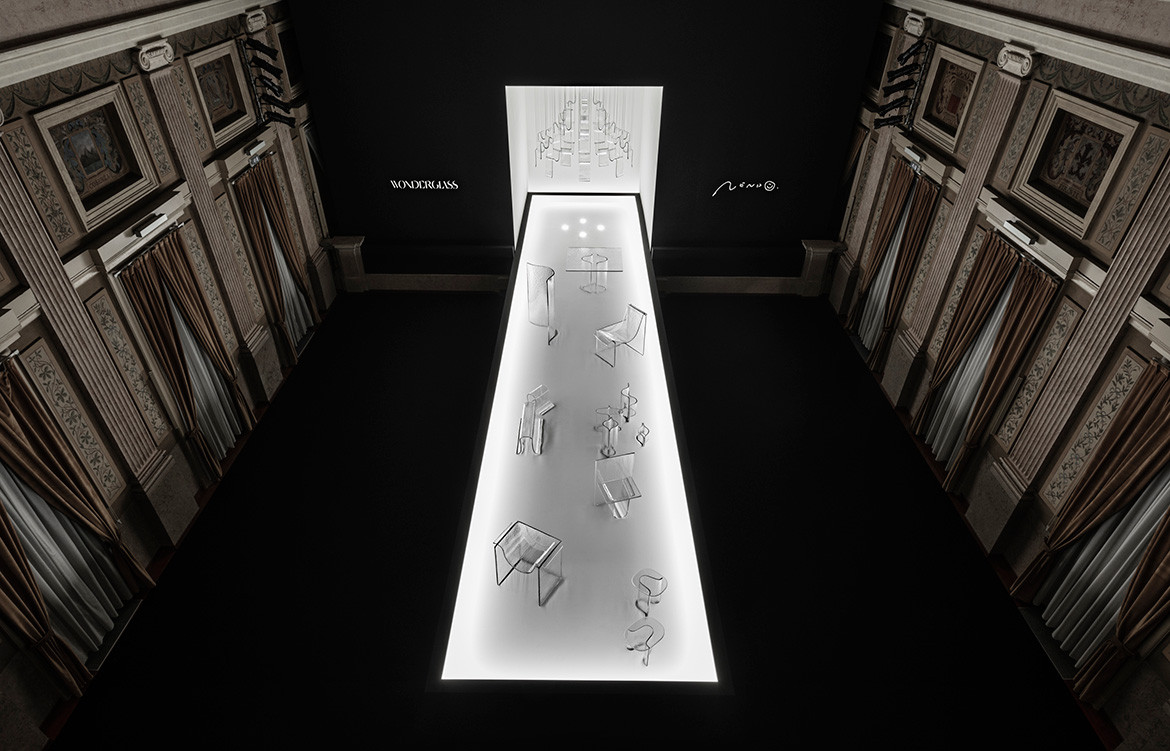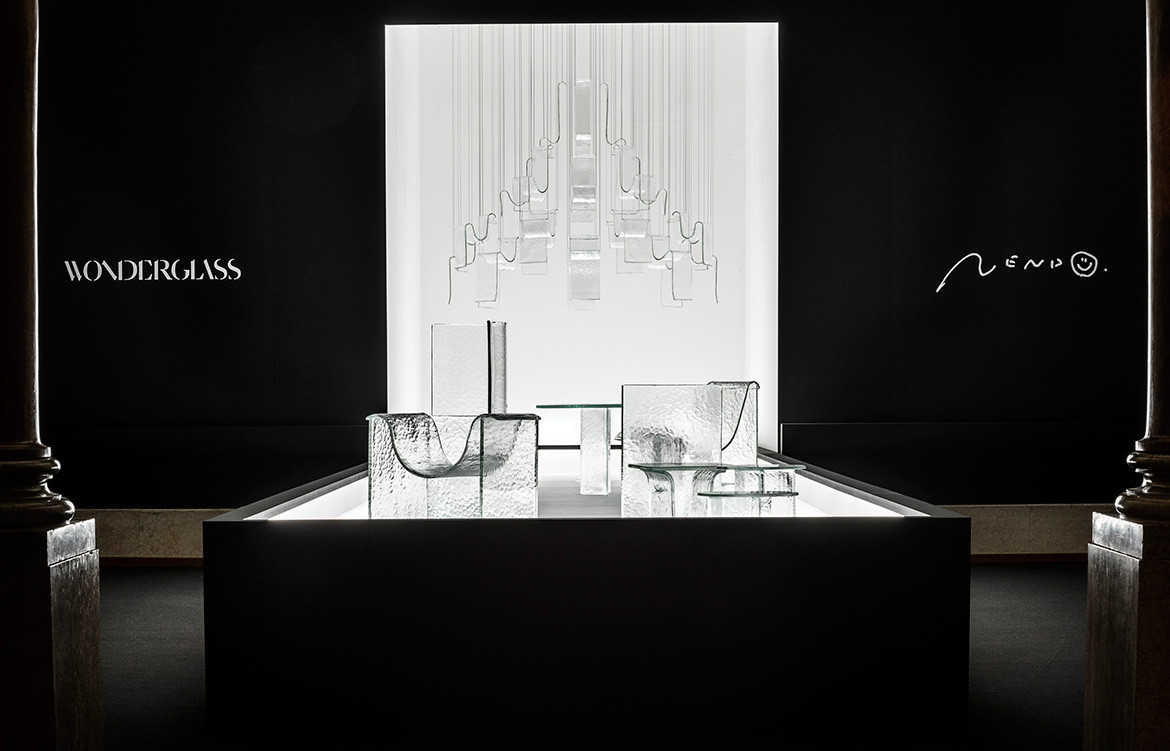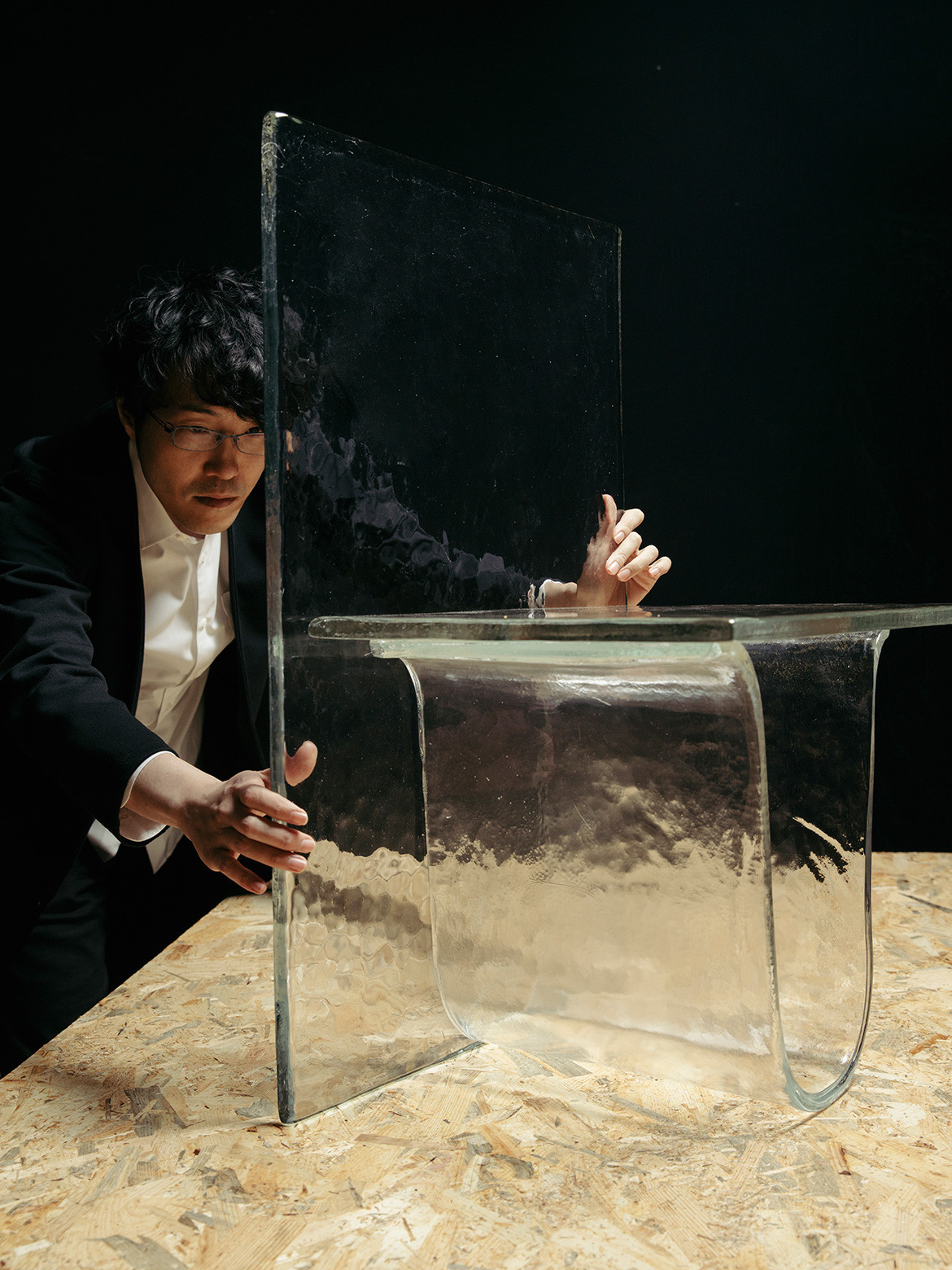Earlier this year Christian Mussati of WonderGlass was in Australia on a whirlwind tour visiting the various Living Edge showrooms across the country, including the recently opened Perth showroom. As WonderGlass’ exclusive Australian partner it’s important for Maurizio Mussati and Christian (the father and son founders of the unique handblown glass lighting company) to personally educate the Living Edge team on the brand’s message and DNA.
WonderGlass is known in the design industry to be pioneers merging traditional craftsmanship with contemporary design, collaborating with industry grandées in the worlds of architecture, art and fashion. Habitus was granted the opportunity to meet with Christian just weeks before the Salone del Mobile premier of WonderGlass’ latest collaboration, and second with Oki Sato of nendo.


Can you tell us a little bit about Melt, your Salone del Mobile 2019 exhibition, in collaboration with Oki Sato and nendo?
The basic concept was that the nature of the gravity and the glass itself, was supposed to shape the design, the creation. It was not like the human kind of touch, it was not the hand of the artisans. It was relying on the control of the natural element; the temperature, the fact that you can contain the glass and that you can scoop it over the mould, but the force gravity was the main element.
It was a challenge. In the beginning it was not evident if it was achievable or not and I have to admit that probably the artisans thought we were a bit nuts. They were [understandably!] sceptical. It was very interesting though because I think it was an opportunity to learn on both sides.
Do you see it as more of an art installation than retail option? Your previous collaborations tend to be quite clearly one or the other.
Yes, it’s more of an art installation at this stage. What I can tell you is that the chandelier presented in Milan is forged with the same technique. Some of the individual pieces within the installation in Milan are limited edition. But the chandelier is not. So the chandelier is going to be scalable, and more on the retail side, let’s say, than on the collector side.


Where do you like to see your products?
Our products are not products that you see and you buy out of a shop window. That is to say you need to understand them completely.
You can divide WonderGlass into the collection of light fittings, and the more artistic kind of light installations.
Within the more retail-driven products the approach that is used is very similar from commercial to residential. Most of our chandeliers are scalable. For example in Flow[T] by Nao Tamura or Calliope by Marcel Wanders feature modules you can play with, you assemble them as you want. To give you an example, there were many 10-piece installations of Flow[T] in residential projects, and one that comes to my head now is 120 of them in [inaudible 00:09:35]. But the approach is the same, it’s just that the space is much bigger, and the budget it was much bigger.
What are some of the things that you’ve learned from working with design legends like Marcel Wanders, Zaha Hadid, John Pawson and, most recently, Oki Sato?
They were all very receptive. Some of them are shy and some less so, but at the end of the day they all have strong ideas. I think that almost every artist we work with, even if they have strong ideas and they know exactly what they want and what they would like to achieve, they are very good in understanding when it’s best to bypass a problem and trying to find a different solution.
They work in a way that always shows me a side of understanding of what the constraints of a production process may be, or the constraints of the material in the shapes that you can achieve.
How do these relationships come about? Do you get approached to collaborate or do you seek them out?
At the beginning I think a lot of the connections came through the fact that my dad, Maurizio, had been in the design world for a long time. After we launched the first couple of collaborations there were a lot of people that were impressed by the way we were approaching design, and so they started coming to us. It’s always a bit both ways.
It’s good to keep an open mind and to be flexible to what is going to happen next. For us, it doesn’t mean that we’re changing direction; it has always been very clear in our mind that we want to collaborate with our clients and our clientele is interior designers and architect studios. On the creative side, we are open to a wide spectrum.
WonderGlass
wonderglass.com
Living Edge
livingedge.com.au


Melt by nendo for WonderGlass

Portrait photography by James Harris
We think you might also like Made in Ratio by Brodie Neill

